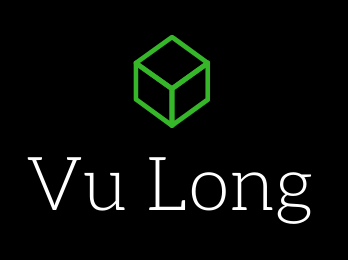As context, I am running my blog on Wordpress, hosted on Google Cloud Platform (GCP) and using Cloudflare for my CDN (Content Delivery Network) to bring my content closer to my readers.
My key goals this year have been to update my blog to:
- Ensure SSL and HTTPS is working correctly throughout the website to comply with Google's SEO requirements
- Mixed Content is managed (so I am not showing content from both https:// and https:// sources, which affects my SEO)
I faced this error which was unexpected, which I am sure others may face as well.
Updating Failed error message on Wordpress 5.2.3
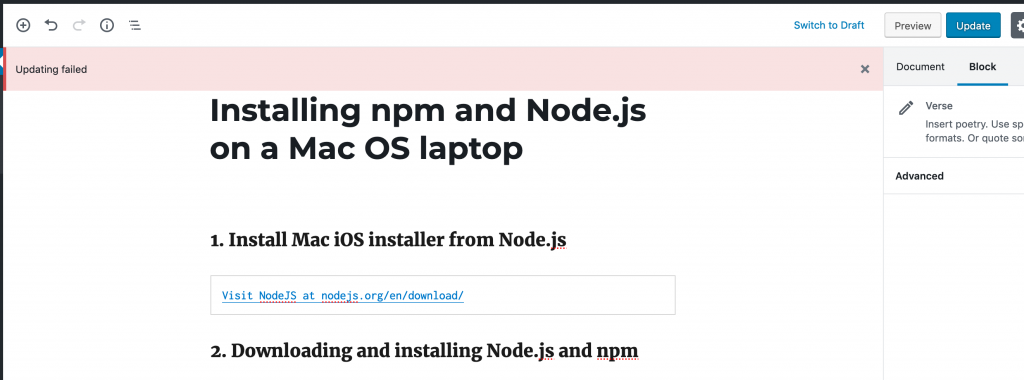
Reasons for why you are seeing the "Updating Failed" error
You may be wondering why suddenly you cannot edit or create new posts. One of the main reason is related to the update that Wordpress made when version 5 was made available. That is, Wordpress 5.0, 5.1, 5.2 onwards. So if you have recently updated WordPress to latest version you may suddenly notice that you cannot update any posts nor can you publish any new posts or pages. This is mainly related to how Wordpress 5's "Gutenberg editor".
Ways to solve the "Updating Failed" error on Wordpress 5.2.3
Here are some suggested approaches you can explore to help you post again and fix the "Updating Failed" error on your Wordpress website.
- Clear your browser cache
- Run the Wordpress Site Health healthcheck plugin and update your Wordpress to HTTPS (recommended)
- Change to Full SSL on Cloudflare from Flexible SSL
- Install the WordPress Classic Editor plug in
- Turn off HTTPS for all pages of your Wordpress blog while you are editing (not recommended)
- Deactivate the security plugins (not recommended)
- Changing your permalinks (not recommended)

1. Clear your browser cache
Didn't work for me, but you can try and see if this helps you
2. Run the Wordpress Site Health healthcheck plugin and update your Wordpress to HTTPS (recommended)
I tested the Site Health healthcheck using the inbuilt Wordpress 5 feature called "Site Health". This is found under "Tools> Site Health". It was what solved my problem permanently.
For me, the Site Health said that I was accessing the site via https, but the address in my WordPress> Settings> General setup was still http. I updated this discrepancy and the failures went away. It may differ depending on your set up on how you fix this as well, but the sub-steps below describe my process. I hope it helps!
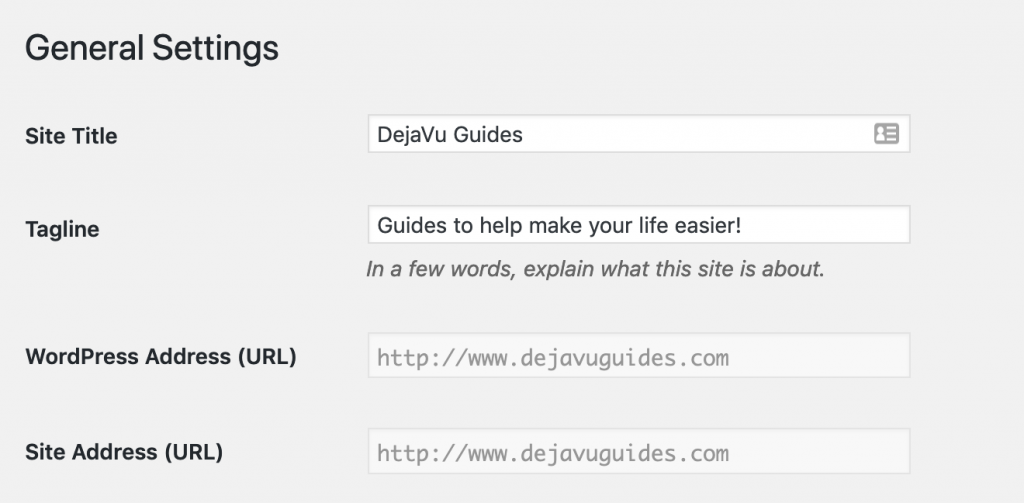
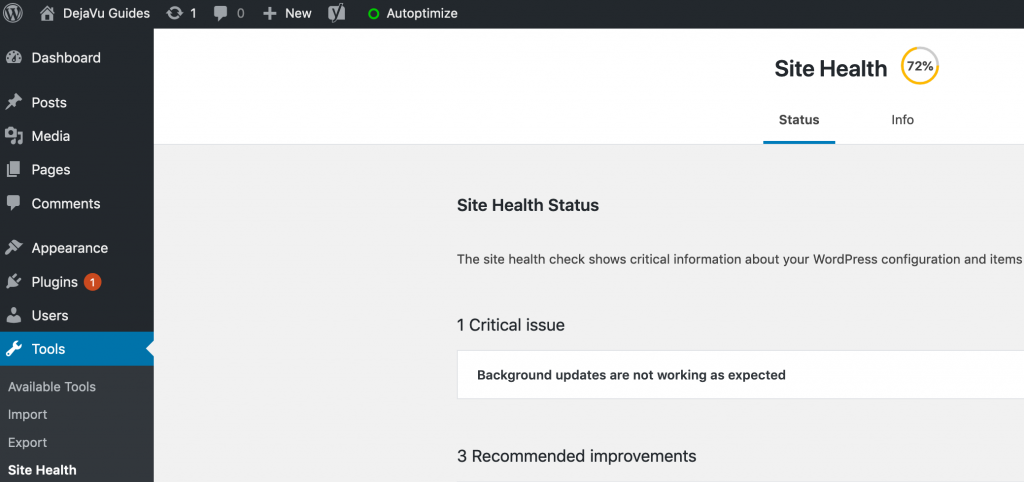
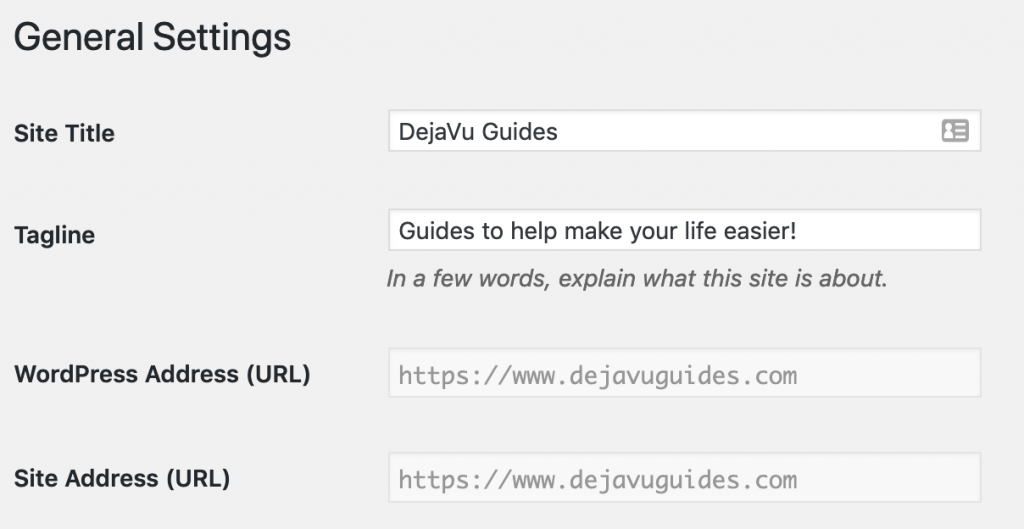
For advanced users only as this will be technical, and for those using Google Cloud Platform (GCP) and Bitnami as I am, you'll need to make the following changes via the SSH of your Google Cloud platform.
For those using ngnix for your server you will type these commands:
$sudo nano /opt/bitnami/apps/wordpress/htdocs/wp-config.php
$sudo /opt/bitnami/ctlscript.sh restart
For those using apache for your server you will type these commands:
$sudo nano /opt/bitnami/apps/wordpress/htdocs/wp-config.php
$sudo /opt/bitnami/ctlscript.sh restart apache
(Optional) You may notice that I was using the "$sudo chmod 660 /opt/bitnami/apps/wordpress/htdocs/wp-config.php" command as well in my screenshot chmod 660 command as that is needed to give my Wordpress instance enough memory to run plugins (in may help you in case you haven't already done so already).
$sudo chmod 660 /opt/bitnami/apps/wordpress/htdocs/wp-config.php are using chmod 660 command as that is needed to give your Wordpress instance enough memory to run plugins (in case you haven't already done so already).

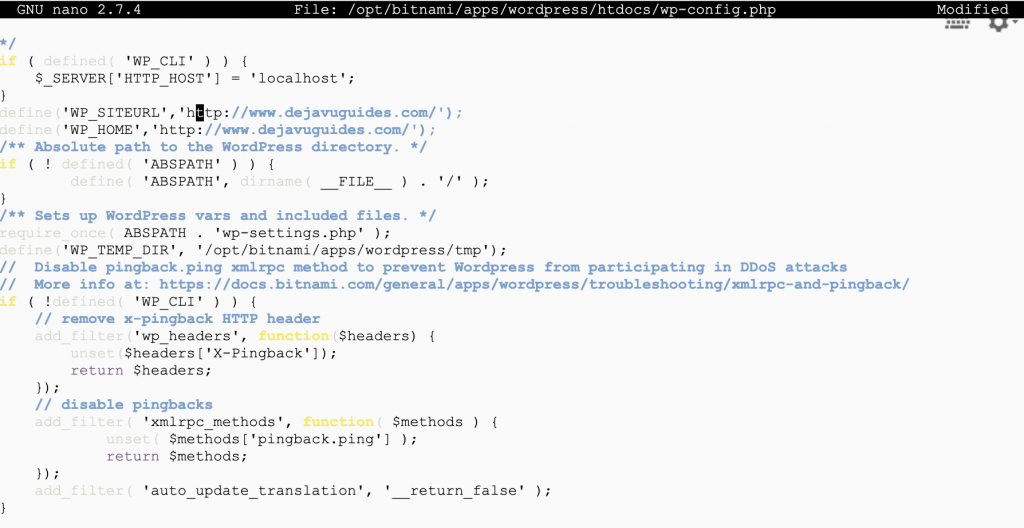


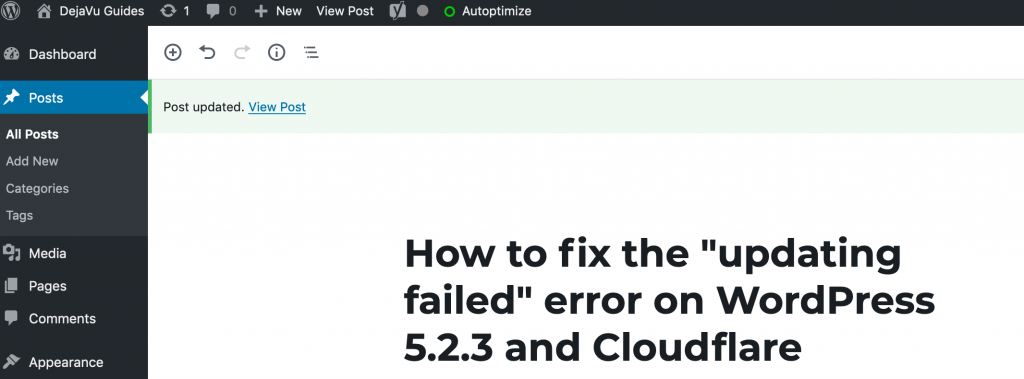

3. Change to Full SSL from Flexible SSL on Cloudflare
If you are using Cloudflare, you can switch to "Full SSL" mode. You can change this in your SSL/ TLS settings> Overview tab.
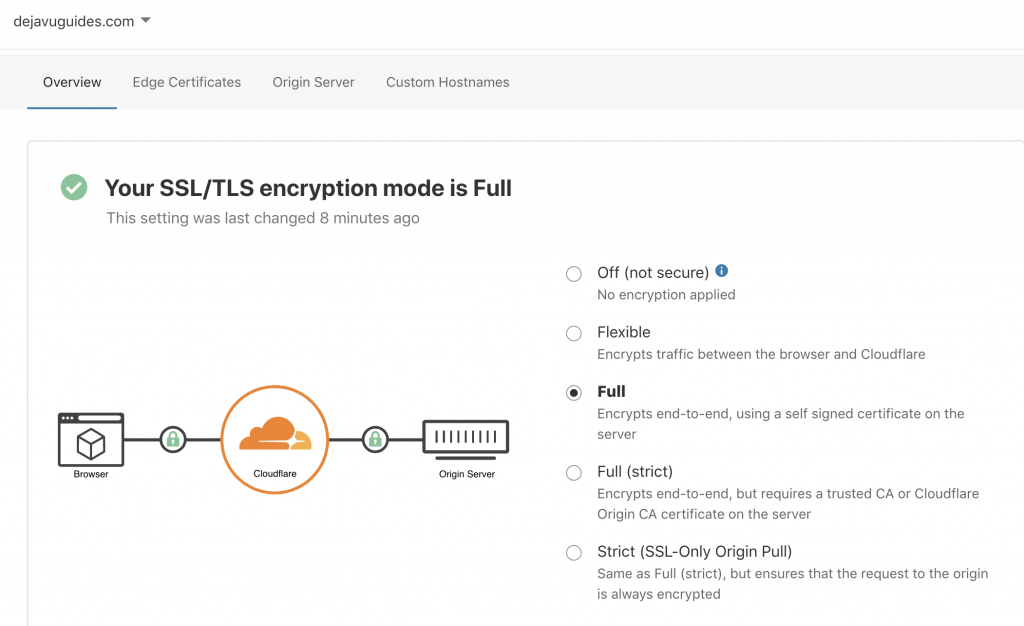
4. Install the WordPress Classic Editor plug in
You can also try installing the "Classic Editor" plugin to see if your post are editable. This did not work for me but it is worth testing. This will disable Wordpress 5's "Gutenberg editor" and you can see if that resolves the issue.
Classic Editor plugin at wordpress.org/plugins/classic-editor/
5. Turn off HTTPS for all pages of your Wordpress blog (not recommended)
You can consider turning off HTTPS for all pages of your Wordpress blog while you are editing each time though I do not recommend this. As it does mean your website is not secure during these instances.
On Cloudflare, I changed this setting via the Page Rules to test this, you can also do this via the global settings too. For Page Rules For Global settings this is found at: SSL/ TLS > Edge Certificates> Always Use HTTPS.


6. Deactivate the security plugins to fix the "Updating Failed" error on Wordpress (not recommended)
Some folks have recommended disabling security plugins but I do not recommend this. Very likely one of the security plugins may be locking your website to SSL (Always use HTTPS settings) or variations around that.
7. Changing your permalinks to fix the "Updating Failed" error on Wordpress (not recommended)
This has been suggested by folks but I do not recommend it as it affects your SEO. Since it will change your web links completely so it will take time for your links to update throughout the internet, meaning you will lose your website visitors.
If you are really keen though, you can change this in your Wordpress dashboard, under Settings > Permalinks, click on Save changes. Then try to publish your page/post again.
I hope that helps you to get back to what you and I love doing, and that's writing more posts. Happy blogging! ;)
